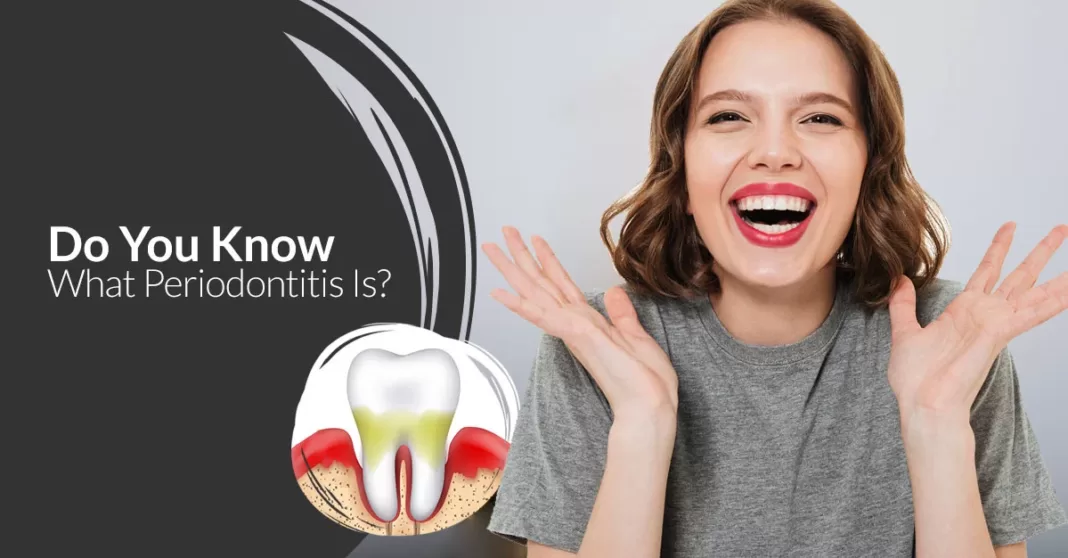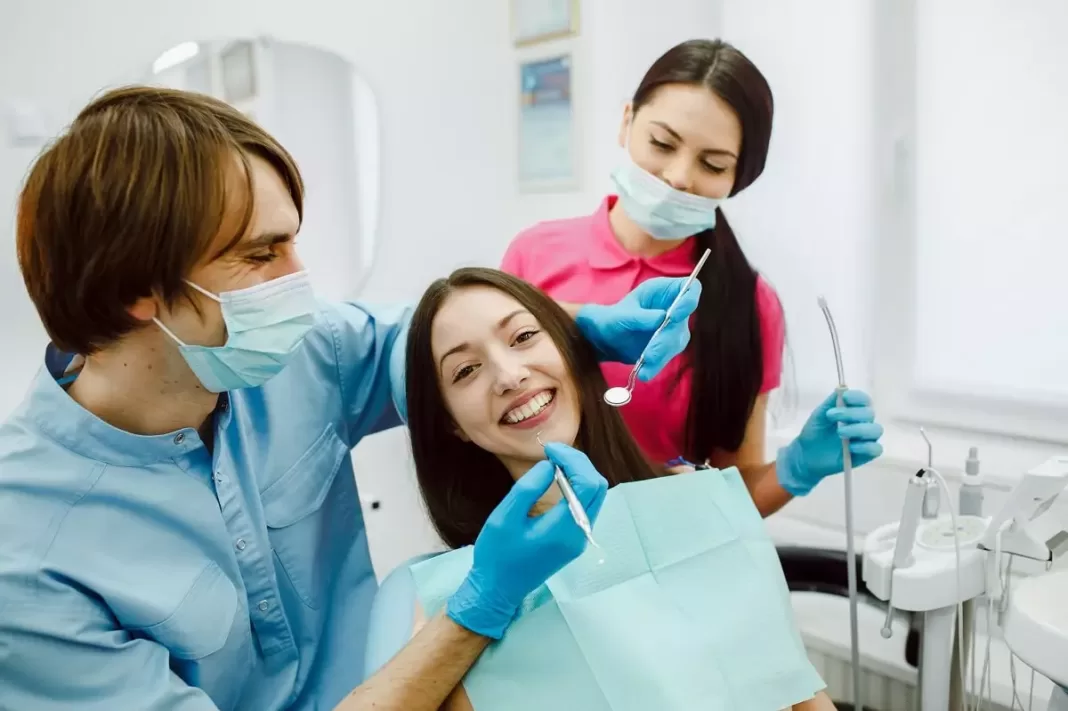What is Periodontitis?
Periodontal disease is a disease of the tissue around the tooth. The tissue around the tooth is the connective tissue and bone covering the root of the tooth outside the crown, as well as the outermost gum (commonly known as “gumm”). If the angle of the tooth brush held when brushing is wrong, the junction between the teeth and the gums will not be brushed, which is prone to Periodontitis disease, so be careful to brush from the junction of the gums and teeth every time you brush.

Periodontitis Symptoms
Because Periodontitis disease is a chronic bacterial infection, early no obvious symptoms. The more common symptoms are red and swollen gums and bleeding. Patients often feel that the gums are stuffy and uncomfortable. In severe cases, they may experience pain, bleeding, suppuration, and even tooth shaking.
Periodontitis Causes
the main reason for Periodontitis disease is plaque. The main component of the dental fungus is bacteria, and it is mixed with some exfoliated cells and some organic matter in the mouth, but it is not a large food residue. Dental plaque is usually difficult to see with the naked eye and must be displayed with a dental plaque stain. If you allow dental plaque to grow, you will see a layer of yellow-white and slightly granular things accumulating on the surface of the teeth, which is a thick layer of dental bacteria.
Periodontitis Treatment
Periodontitis disease treatment can be divided into three stages:
- The first stage is basic treatment, which
can solve most periodontal diseases. At this stage, the dentist should remove the dirt (plaque, calculus, etc.) on the surface and deep part of the tooth, especially the waste in the deep part of the gum. - The second stage is periodontal surgery.
If the basic treatment cannot solve the situation, surgical treatment needs to be considered. Periodontal surgery is a minor operation and does not require hospitalization. Generally, there will be only minor discomfort after the operation. It is best to avoid intense exercise, but you can return to work immediately. - The third stage is regular maintenance
. After the active treatment of periodontal disease, follow-up consultation and maintenance are required at regular intervals (usually a few months). If there is a recurrence, it can be detected and treated as soon as possible.
Prevention of Periodontitis Disease
maintenance of oral hygiene, it is necessary the most effective prevention.
- Brush your teeth every day: Remember to brush your teeth after eating, especially before going to bed. It is more important to keep your mouth clean.
- The correct way to brush your teeth: Some people brush their teeth every day, but still have tooth decay . This is mainly caused by factors such as incorrect brushing method, failure to use dental floss, and reliance on mouthwash. Therefore, when we brush our teeth, we must not ignore the back of the teeth and the inside (lingual side) of the molars, so that we can Dental Care and clean the teeth thoroughly.
- Use Dental Floss: In addition to cleaning the tooth surface and back, it is also very important to clean between the teeth. Because the adjacent surface of the tooth is not cleaned by the tooth brush, it must be scraped with dental floss to make up for the lack of toothbrush.







